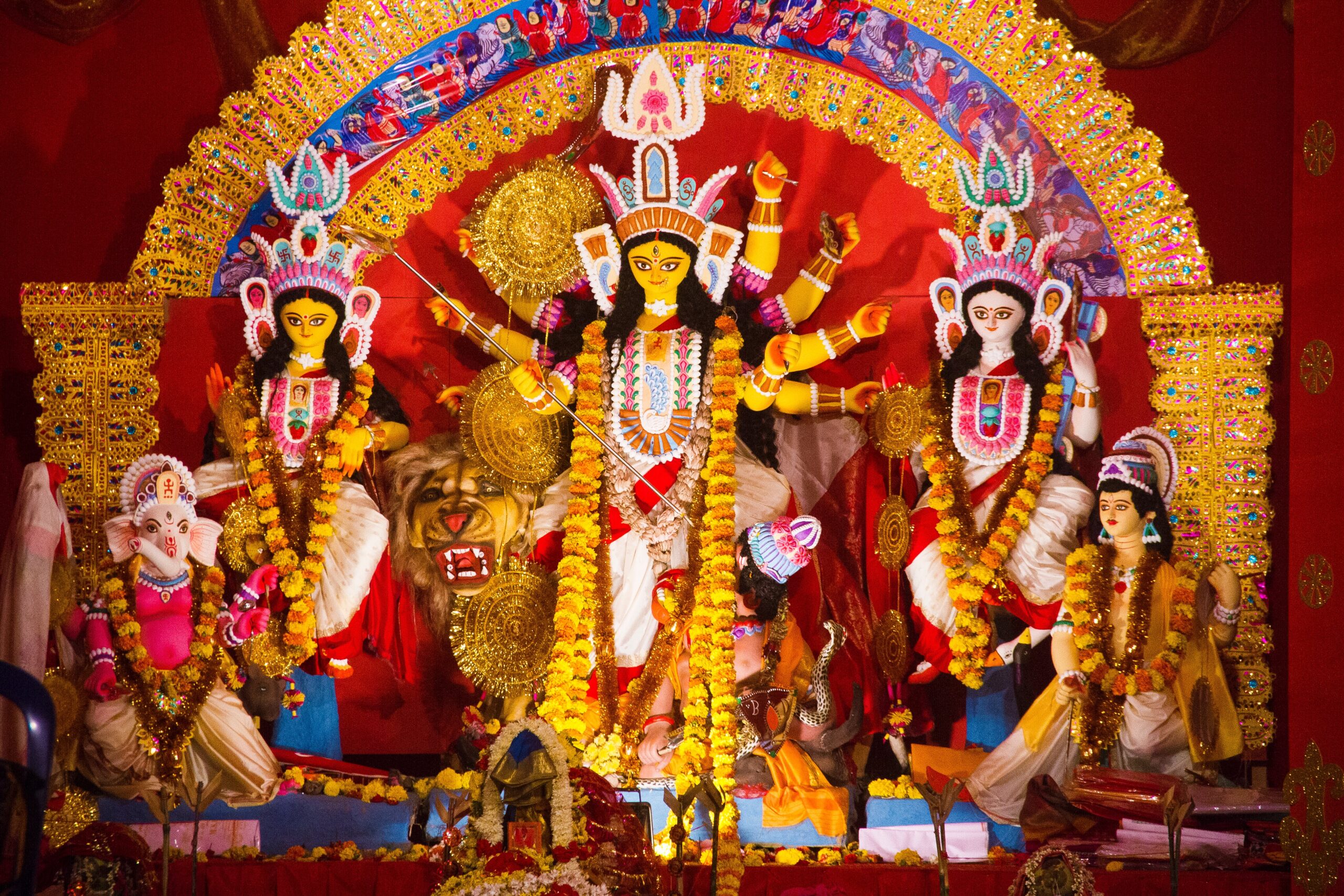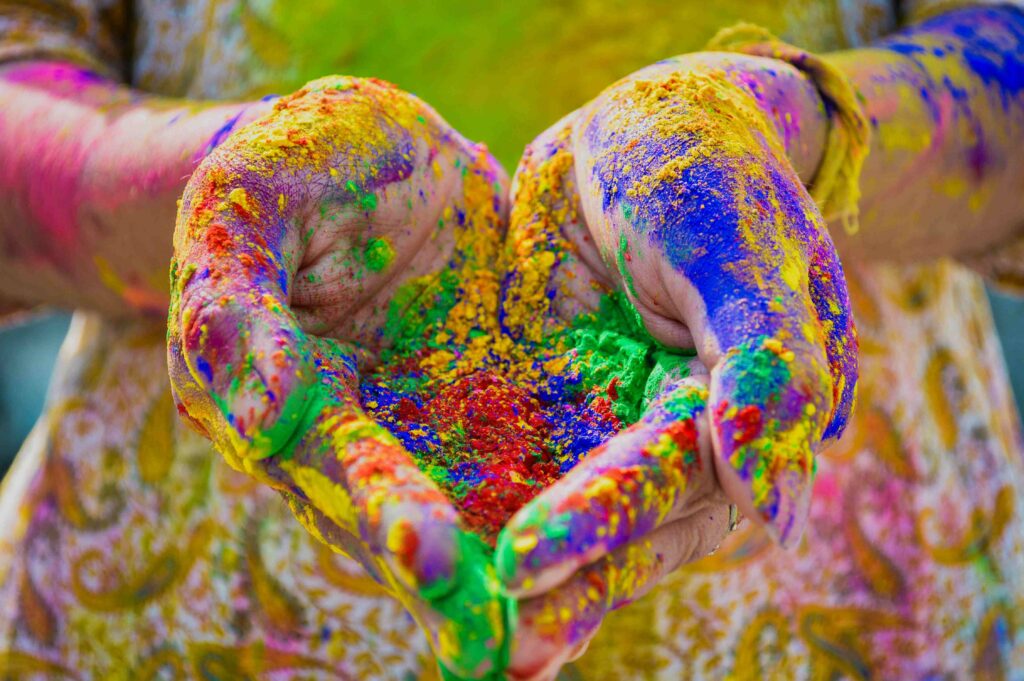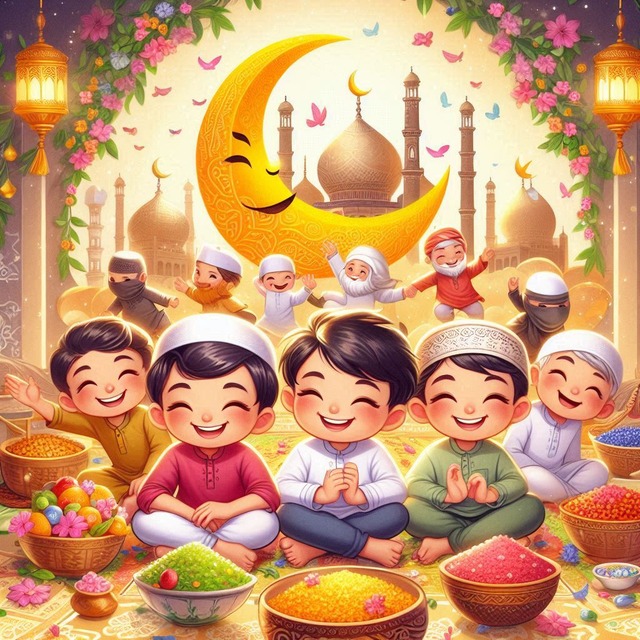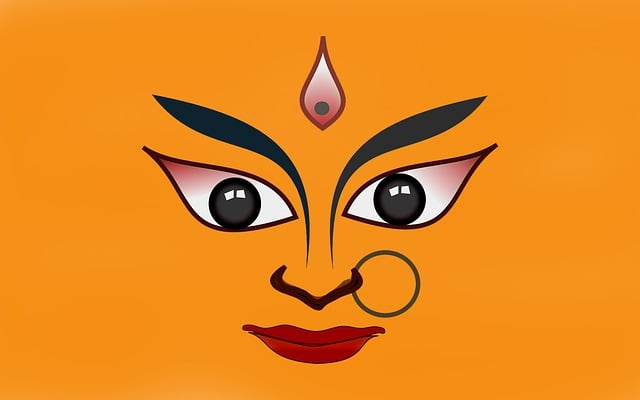Introduction to Durga puja
Durga Puja is a festival that celebrates the victory of Goddess Durga over the demon Mahishasura. It is one of the most popular and widely celebrated festivals in India, especially in the eastern and northeastern states. Different parts of India have different ways of celebrating Durga Puja, reflecting their diverse cultures and traditions.
Origin and Mythology:
The roots of Durga Puja can be traced back to Hindu mythology. According to the legend, the demon Mahishasura had become unconquerable due to a boon granted by Lord Brahma. In response, the gods combined their powers to create Goddess Durga, a warrior goddess, to vanquish Mahishasura. The battle between Durga and Mahishasura lasted for nine days and nights, culminating in Durga’s victory on the tenth day, celebrated as Vijaya Dashami.
Preparations and Decorations Durga puja:
The preparations for Durga Puja begin months in advance, involving elaborate planning and meticulous craftsmanship. Artisans create stunning idols of Goddess Durga and her entourage, each with intricate details and vibrant colors. Pandals, temporary structures to house the idols, are erected in various neighborhoods, adorned with artistic decorations that showcase creativity and cultural richness.
Rituals and Celebrations :
The festival kicks off with Mahalaya, a day dedicated to invoking the goddess and remembering departed ancestors. The main festivities start with Maha Shasthi, the sixth day, when the goddess is welcomed with elaborate rituals. The next four days, known as Maha Saptami, Maha Ashtami, Maha Navami, and Vijaya Dashami, are filled with prayers, cultural events, and religious ceremonies.
On Maha Ashtami, the goddess is worshipped in the form of ‘Mahagauri,’ and people participate in the ‘Sandhi Puja,’ a ritual performed at the juncture of the eighth and ninth lunar days. The festival reaches its crescendo on Vijaya Dashami, with the immersion of the idol in water symbolizing the goddess’s return to her celestial abode.
Durga puja Celebrations Across India:
In West Bengal, Mahalaya Durga puja is the biggest and most grand festival of the year. Durga Puja is also known as Akalbodhan, Sharadiya Puja, Sharodotsab or Maha Puja. These names refer to the untimely awakening of Goddess Durga, the autumnal worship, the festival of autumn or the great worship respectively.
The city of Kolkata is adorned with thousands of pandals, which are temporary structures that house the idols of Goddess Durga and her children. The pandals are decorated with various themes, ranging from traditional to modern, and showcase the creativity and craftsmanship of the local artisans. People visit the pandals to offer prayers, enjoy cultural programs, and feast on delicious food. On the last day, the idols are immersed in the river with a lot of pomp and joy.
In odisha , Durga Puja is know as Mahalaya Durga puja a festival that celebrates the Goddess Durga and her triumph over the evil Mahishasura. In Odisha, it is observed in different ways, from the long and elaborate rituals in Shakti Peethas to the festive and colorful pandals in public places. The festival culminates with the immersion of the idol of the Goddess in water, signifying her return to Shiva. It is a time of joy, devotion, and empowerment for the people of Odisha.
In Maharashtra, Durga Puja is also known as Navratri, which means nine nights. People worship the nine forms of Goddess Durga, each representing a different aspect of her power. People also perform Durga Aarti, which is a ritual of waving lamps in front of the goddess, and offer prasad, which is a sweet offering. The most popular feature of Navratri in Maharashtra is the dance form called Garba, which involves people dancing in circles with sticks or claps to the tunes of folk songs.
In Punjab, Durga Puja is also known as Navratri observed as a time of fasting and purification. People observe a strict fast for seven days, abstaining from grains, salt, and alcohol. The fast is broken only on the eighth or ninth day, when people worship Goddess Durga and her weapons. People also perform Kanya Puja, which is a ritual of honoring young girls as manifestations of the goddess. They offer them food, gifts, and blessings.
In Gujarat, Durga Puja is also known as Navratri celebrated with a lot of enthusiasm and energy. People worship Goddess Durga as Amba Mata, who is the mother of all. The highlight of Navratri in Gujarat is the dance form called Dandiya Raas, which involves people dancing with colorful sticks to the beats of drums and music. People dress up in colorful and traditional outfits and enjoy the festive spirit.
In Kerala, Durga Puja is celebrated as Kola or Kollam. It is a ritual of inviting Goddess Durga into one’s home or temple and offering her various items such as fruits, flowers, grains, lamps, etc. People also perform Poo Kolam, which is a form of art that involves drawing intricate patterns on the floor using rice flour or colored powder. People believe that these patterns attract positive energy and prosperity into their homes.
In Himachal Pradesh, Durga Puja is also known as Kullu Dussehra. This name means the Dussehra of Kullu Valley, which is a famous tourist destination in the state. People in Himachal Pradesh celebrate Durga Puja for seven days after the main Dussehra day and take out processions of deities from various temples.
In Karnataka, Durga puja is also known as Mysore Dussehra. This name means the Dussehra of Mysore, which is a historical city in the state. People in Karnataka celebrate Durga Puja for ten days and witness the grand spectacle of the royal palace being illuminated with thousands of lights.
In Tamil Nadu, Durga Puja is also known as Bommai Kolu1. This name means the display of dolls, which is a unique tradition in the state. People in Tamil Nadu arrange dolls of gods, goddesses, saints and other figures on steps and invite guests to see them and offer them gifts.
In Andhra Pradesh, Durga Puja is also known as Bommai Kolu1. This name has the same meaning as in Tamil Nadu, but the dolls are more elaborate and diverse. People in Andhra Pradesh also decorate their homes with flowers and rangoli patterns and worship Goddess Durga with devotion.
Conclusion Durga puja:
Durga Puja, with its rich mythology, vibrant celebrations, and pan-Indian influence, stands as a testament to the cultural diversity and unity that define India. The festival not only serves as a religious observance but also fosters a sense of community and togetherness, bringing people from different backgrounds together to celebrate the triumph of good over evil. Durga Puja is a spectacle of colors, traditions, and spirituality that transcends regional boundaries, making it a truly national celebration.




